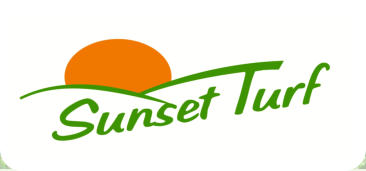Site Preparation
Good site preparation is essential for a great lawn.
Putting the extra effort into preparing your soil will
provide great benefits for your lawn.
Tips for good site preparation:
1.
Spray existing weeds and grass.
2.
Remove all debris, eg. building rubble,
cement etc.
3.
The Turf Industry recommends a top
soil depth of at least 80-100mm.
4.
Rake the soil to level out.
5.
To ensure the turf is laid flush with
driveways and paths, the topsoil
should be 25mm below the concrete
level for Wintergreen Couch/Zoysia or
40mm below for Soft Leaf Buffalo turf.
Measuring your area
Use a tape measure and accurately
measure the width and length of the area to
be turfed. Multiply the width measurement
by the length measurement to give you the
square metre (m
2
) area.
Quite often the area to be turfed is an odd
shape. We use the following method to
calculate the amount of turf required:
1.
Measure the length of the area.
2.
Then take multiple measurements of
the different widths and average them
out.
3.
Then multiply the length by the average
width to get the area in m
2
.
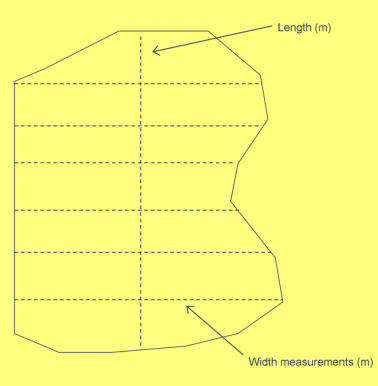
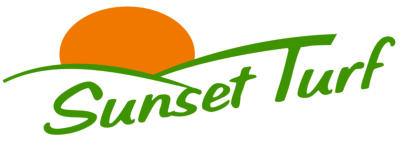

AVOID soaker hoses, they do not put out enough
volume of water to establish the lawn properly.
The only exception to this, is soaker hoses may be
used on long narrow sections, eg. down the side of
the house. But it needs to run for a long period to
ensure enough water has been applied.
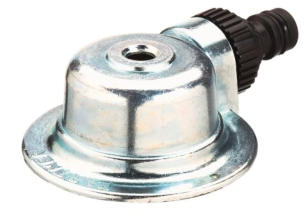
The best sprinkler to use is the round type as
pictured below.
After the establishment period, a weekly deep
watering is usually sufficient to maintain the
lawn.
Above is a great example of why a good soil
depth is so important. The more soil, the
better the root system for the lawn.
Also, with more soil it means a greater water
holding ability so your lawn won’t dry out so
quickly. All this means, the more soil you
have, the better drought tolerance you can
achieve for your lawn.
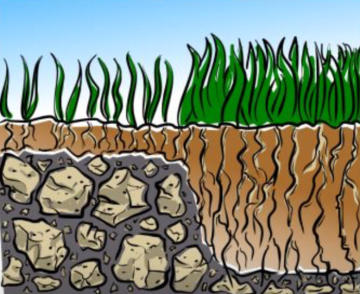
The first watering is really important.
Make sure the water has soaked through the turf
and has moistened the soil below.
For the following 2 weeks after laying the turf
should not be allowed to dry out. Keep it moist.
Watering your new Lawn

© Sunset Turf 2025


1.
Spread fertiliser and water crystals
on the soil.
2.
Start laying the turf around the edge
of the area to be turfed eg. Along the
driveway. Then lay the turf in the
opposite direction across the lawn.
3.
When laying the turf, stagger it to
create a brick-like pattern.
4.
Use a full piece of turf where
possible.
5.
Ensure there are no gaps between
any of the pieces. All pieces should
be closely butted up with each other.
6.
Use a sharp shovel or knife to cut
the turf in around paths etc.
7.
Roll the turf to ensure good contact
with the soil.
8.
Once a section has been rolled start
watering it as soon as possible.
9.
When finished, water the whole lawn
to give a good soaking.
10.
You will will need keep watering
everyday for up to 2 weeks.
11.
If the weather is really hot and/or
windy you will need to increase the
level of watering to compensate for
the conditions.
67-68 SUNSET ROAD, KIA ORA, GYMPIE QLD 4570

Site Preparation
Good site preparation is essential for a great lawn.
Putting the extra effort into preparing your soil will
provide great benefits for your lawn.
Tips for good site preparation:
1.
Spray existing weeds and grass.
2.
Remove all debris, eg. building rubble, cement etc.
3.
The Turf Industry recommends a top soil depth of
at least 80-100mm.
4.
Rake the soil to level out.
5.
To ensure the turf is laid flush with driveways and
paths, the topsoil should be 25mm below the
concrete level for Wintergreen Couch/Zoysia or
40mm below for Soft Leaf Buffalo turf.
Measuring your area
Use a tape measure and accurately
measure the width and length of the area to
be turfed. Multiply the width measurement
by the length measurement to give you the
square metre (m
2
) area.
Quite often the area to be turfed is an odd
shape. We use the following method to
calculate the amount of turf required:
1.
Measure the length of the area.
2.
Then take multiple measurements of
the different widths and average them
out.
3.
Then multiply the length by the average
width to get the area in m
2
.
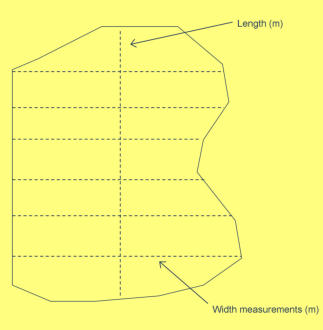
67 - 68 Sunset Road
Kia Ora
GYMPIE QLD 4570








